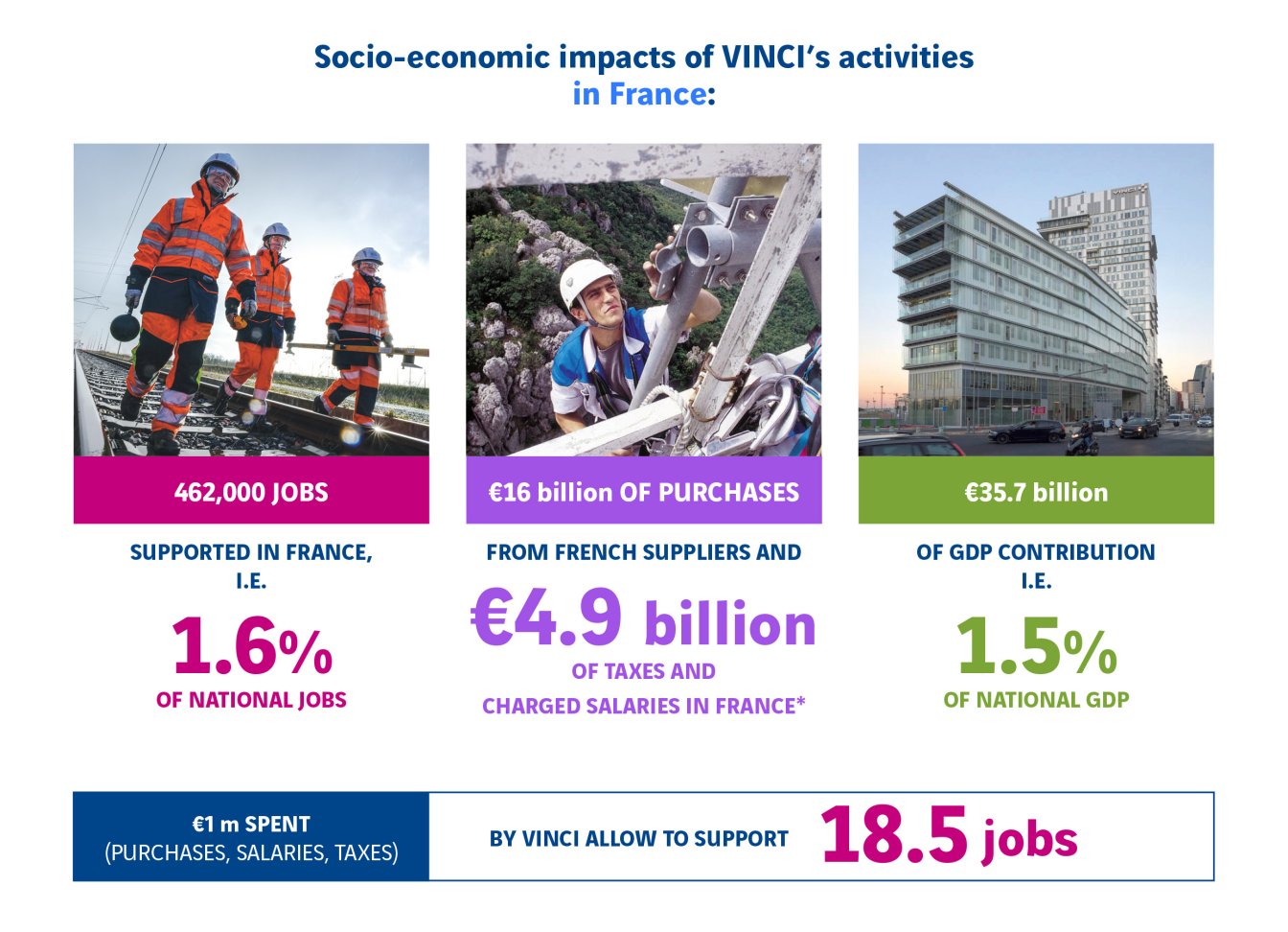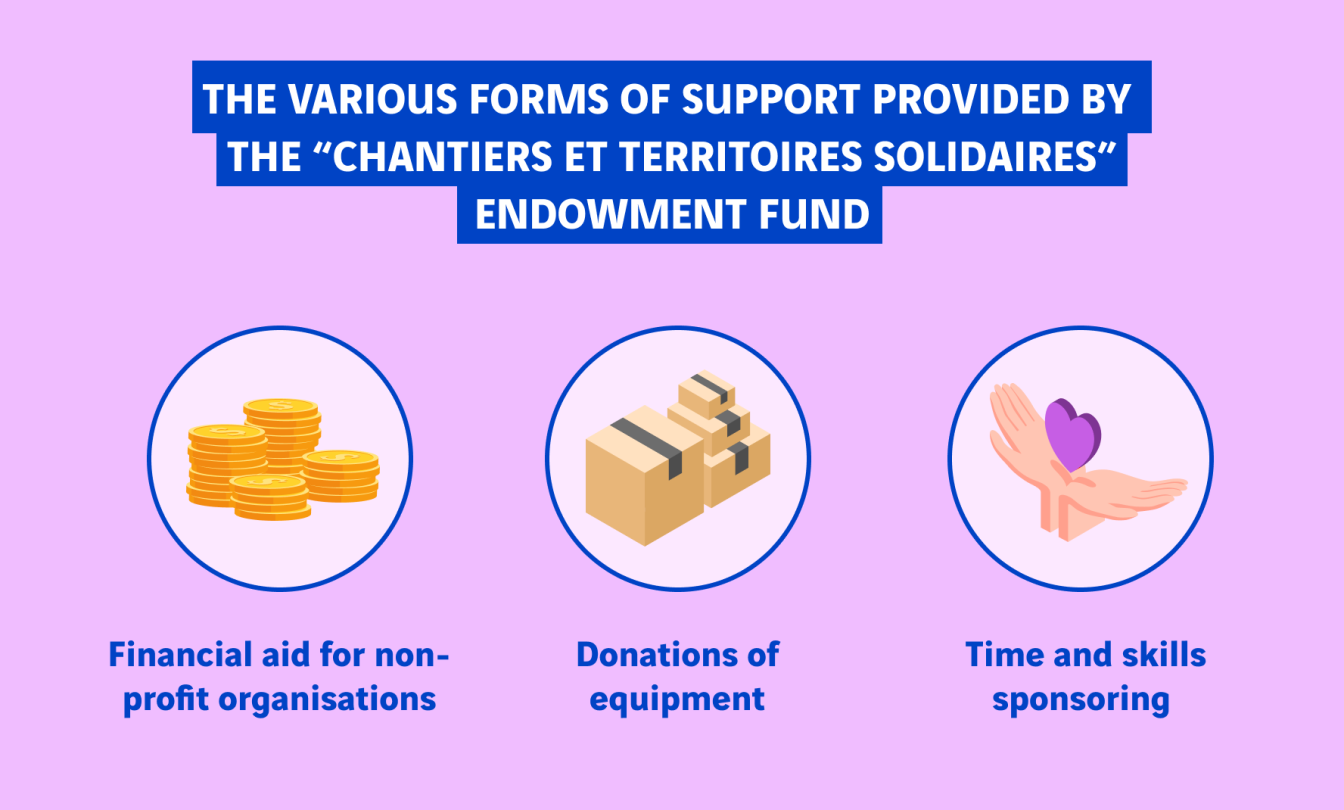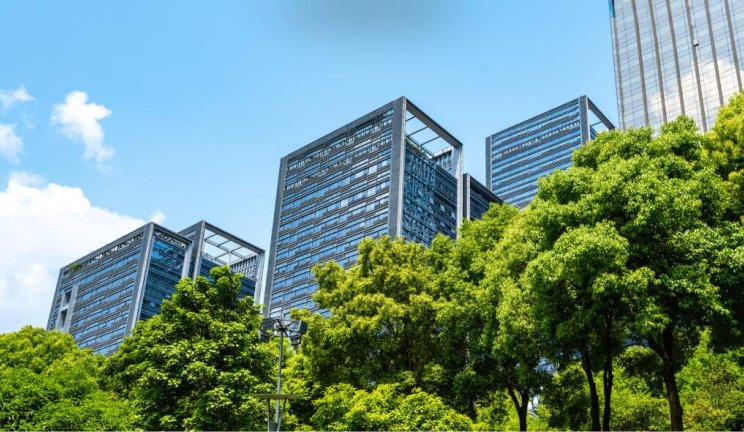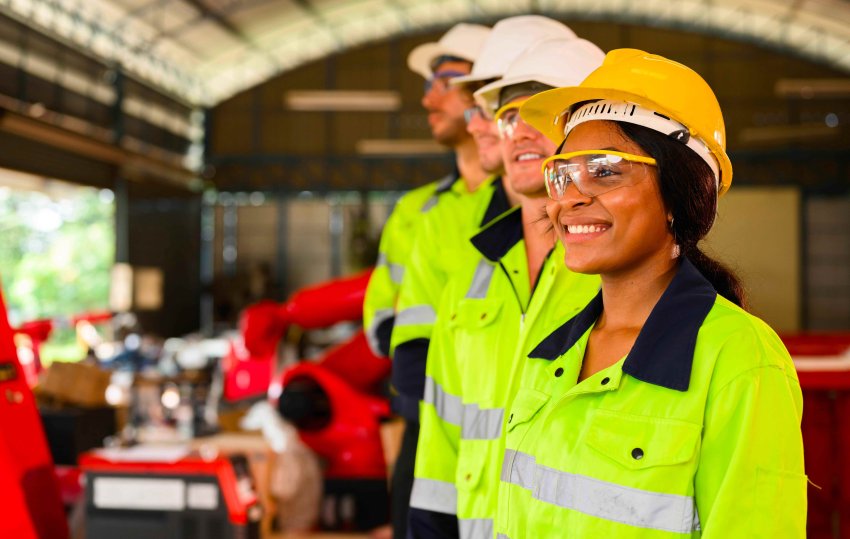
Can construction be a driver of social wealth?
Beyond the structures themselves – which are often in the public interest – what are the economic and social benefits of major construction projects? From a social perspective, especially, they provide a means of invigorating local job markets, supporting social integration measures and even developing links with and between neighbouring communities.
So, what is a construction project? To a large extent, it is defined by its ultimate aim: the creation of infrastructure, an engineering structure or a facility designed to meet a requirement of civil society. This ultimate aim shapes the mission and purpose of the infrastructure business areas that contribute to improving the living environment and mobility of populations.
A major socio-economic impact
In addition to the final benefits related to the infrastructure created, the construction sector is a “heavyweight” in terms of its socio-economic impact. This statement is corroborated by a survey conducted by VINCI in partnership with the CSR consulting firm Utopies[1], which modelled the impact of the Group’s activities in France. This footprint – direct, indirect and induced – is assessed using several factors, from contribution to employment and GDP at national level to the creation of value through spending on suppliers, salaries paid to employees and taxes paid. Among the conclusions of the survey, it is worth noting that for every Group employee in France, 3.8 additional jobs are supported in the local economy, across various sectors; in construction, of course, but also in other sectors related to health, social welfare, sales & marketing, transport, etc.
[1] Survey conducted by the CSR consulting firm Utopies and its Local Footprint® tool in 2024, based on 2023 data
Construction projects: a launch pad for jobs and social integration
Let’s now look at this at human, or project level. Managing a project of any size inevitably calls for human resources and skills, something which is met through local recruitment combined with knowledge transfer systems, ultimately stimulating both employment and employability. A good example of this is the construction of the new high-speed train line in the UK, HS2. During peak activity on the work packages N1/N2 managed by the Balfour Beatty VINCI (BBV) consortium, almost 8,000 people worked on the project and several thousand hours of training were provided at an operational centre installed on the project site. Construction projects also provide opportunities for many young people to acquire skillsets and gain initial hands-on experience that will serve them well throughout their careers. Through partnerships established with several further education colleges in the Midlands, the BBV consortium welcomes new students each year on apprenticeships, as part of their T-Level courses. This project is just one example of the social benefits of construction.
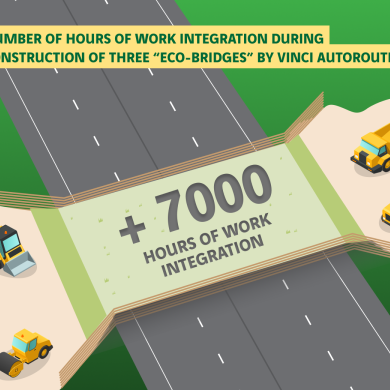
A construction project can also be a social integration “platform” for those estranged from the job market, be they young people without qualifications, people with disabilities or the long-term unemployed. For example, the construction (managed by VINCI Autoroutes) of three “eco-bridges” on the A10 motorway at Vellèches, the A11 motorway at Authon-du-Perche and the A71 motorway at Vierzon included more than 7,000 hours of work integration, offering many people the chance to reconnect with the world of work
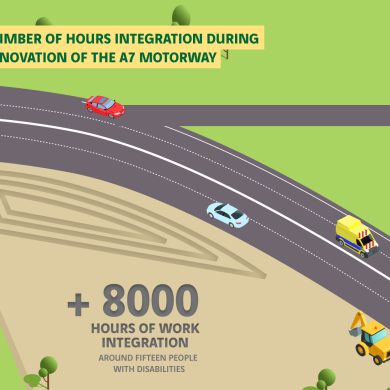
Renovation of the A7 motorway between Auberives-sur-Varèze and Saint-Rambert-d'Albon involved substantial social integration measures undertaken by the business units responsible for managing the works. More than 8,000 hours of work integration were devoted to the project, whilst around fifteen people with disabilities worked on the daily preparation of meals for the site teams
In Colombia, VINCI Construction teams in charge of the modernisation and expansion of the highway connecting the capital Bogotá to Girardot (Via Sumapaz concession - VINCI Concessions) set up the Semillero Rosa programme: more than a hundred women from local communities were given training in construction jobs and then recruited for the project. The scheme provided many of the women with the opportunity to obtain a qualification and return to the world of work
Construction projects creating social "value"
Construction projects can sometimes have unsuspected social benefits in terms of integration or creating bonds between local communities. As part of its work on the Grand Paris Express (GPE), for example, VINCI set up the “Chantiers & Territoires Solidaires” endowment fund in 2016, which has supported many community and general-interest projects located close to the structures built. This support can take the form of financial aid allocated to non-profit organisations, donations in kind of equipment from construction sites or corporate philanthropy where VINCI employees offer their time and skills to associations on a voluntary basis.
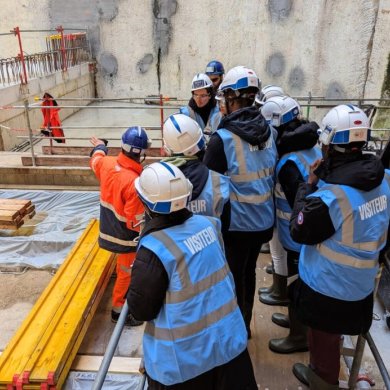
Meaningful projects along the route of the future metro line 18
Chantiers & Territoires Solidaires’ latest call for projects, held at the end of 2023, resulted in the selection of 12 non-profit organisations working on the well-being of inhabitants in areas where VINCI is undertaking GPE construction work for the future line 18. The Savoir Apprendre association, for example, was selected for its introduction to tunnel-building trades project, aimed at young people in community centres
An infrastructure project provides an opportunity to get closer to local communities, driven by a desire to leverage social integration. The City Rail Link project in New Zealand, which will see the first underground metro system in Auckland, has been praised for successfully including members of the Māori community from the outset of the project. In a country with a troubled colonial past and in which indigenous populations have struggled for many years to obtain legitimate recognition, the project stakeholders made discussions and dialogue with the Māori community a core and founding principle of the project, with the long-term involvement of eight iwis (tribes). Specific measures have also been put in place to promote the recruitment of Maoris and Polynesians (especially young people who have dropped out of school), and to direct 10% of purchasing towards companies managed by Maoris.
Ultimately, a worthwhile construction project is one that has a positive impact on the people and communities affected by it.
Subscribe
Stay tuned : receive our newsletter
Every quarter, discover new articles, exclusive features and experts' views delivered straight to your inbox.
Most viewed
Explore more
Marina Lévy - Companies at the heart of ocean conservation issues
Marina Lévy, oceanographer, research director at the CNRS and ocean advisor to the president of the French National Research…
Building with and for nature
Whether creating barrages, stripping away topsoil, cutting down trees or digging channels, humans have spent thousands of…
Bridging the construction gender gap: paving the way to a career in industry for women in Colombia
In 2025, the Ruta 40 consortium led by VINCI Construction Grands Projets completed work on widening and upgrading the Bogotá…
